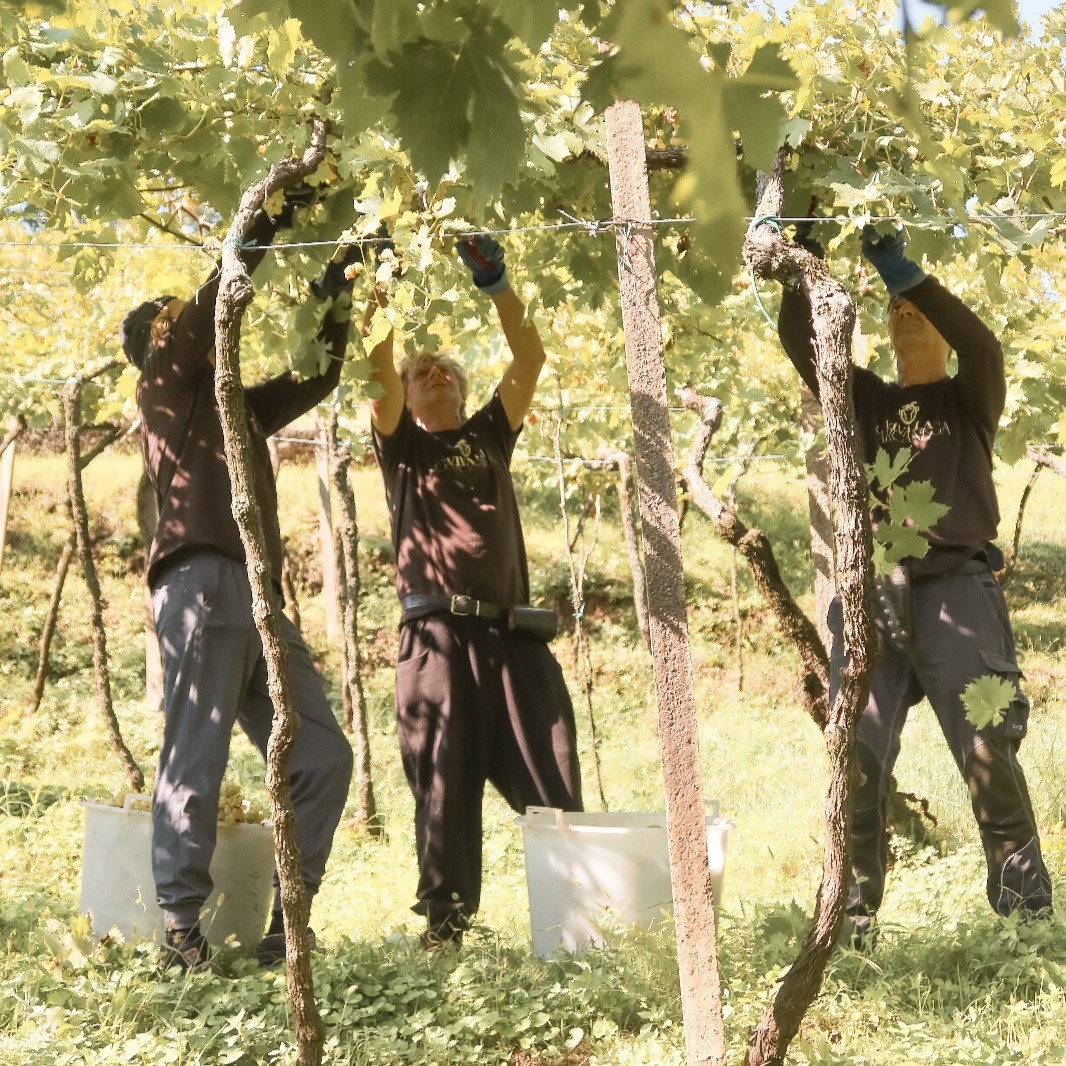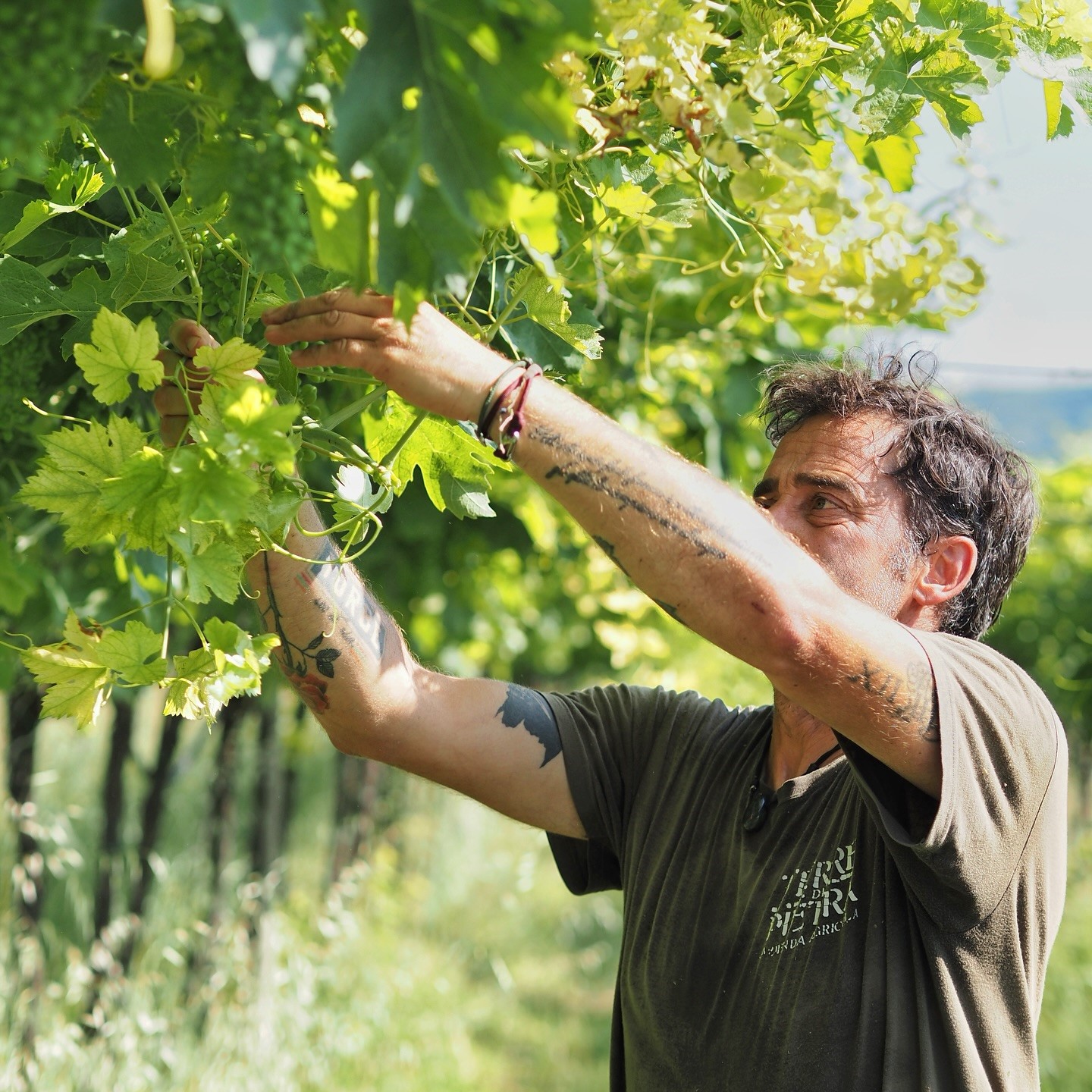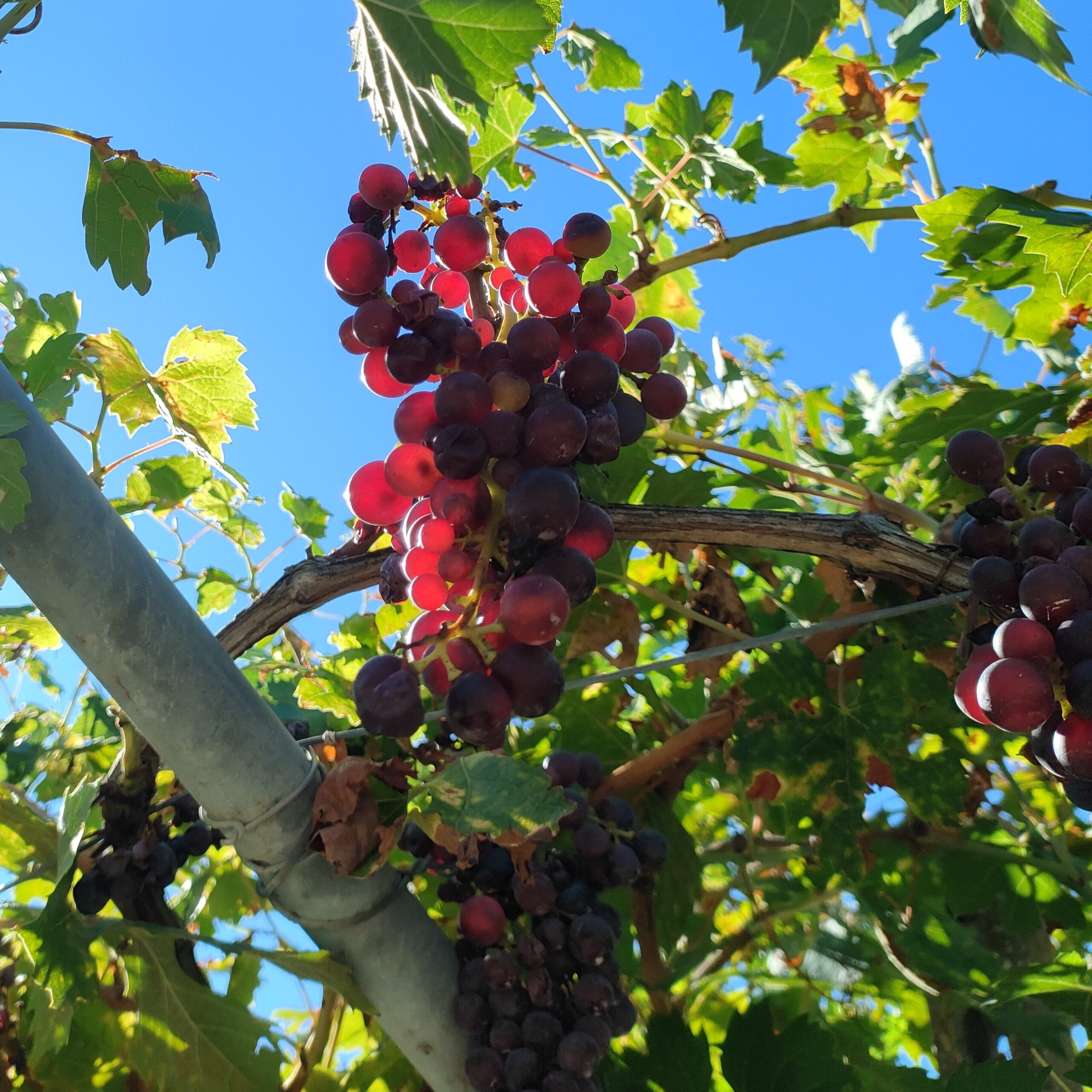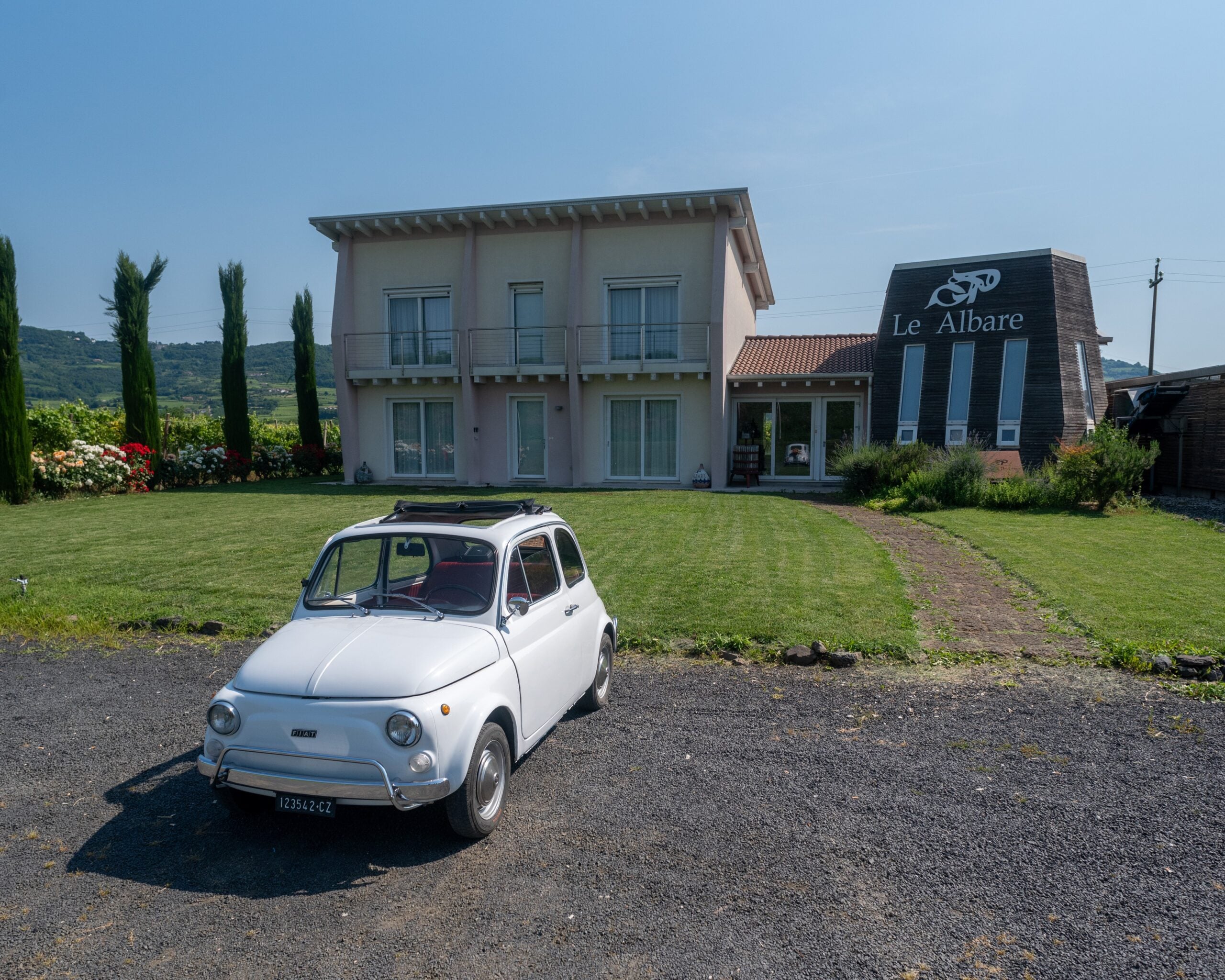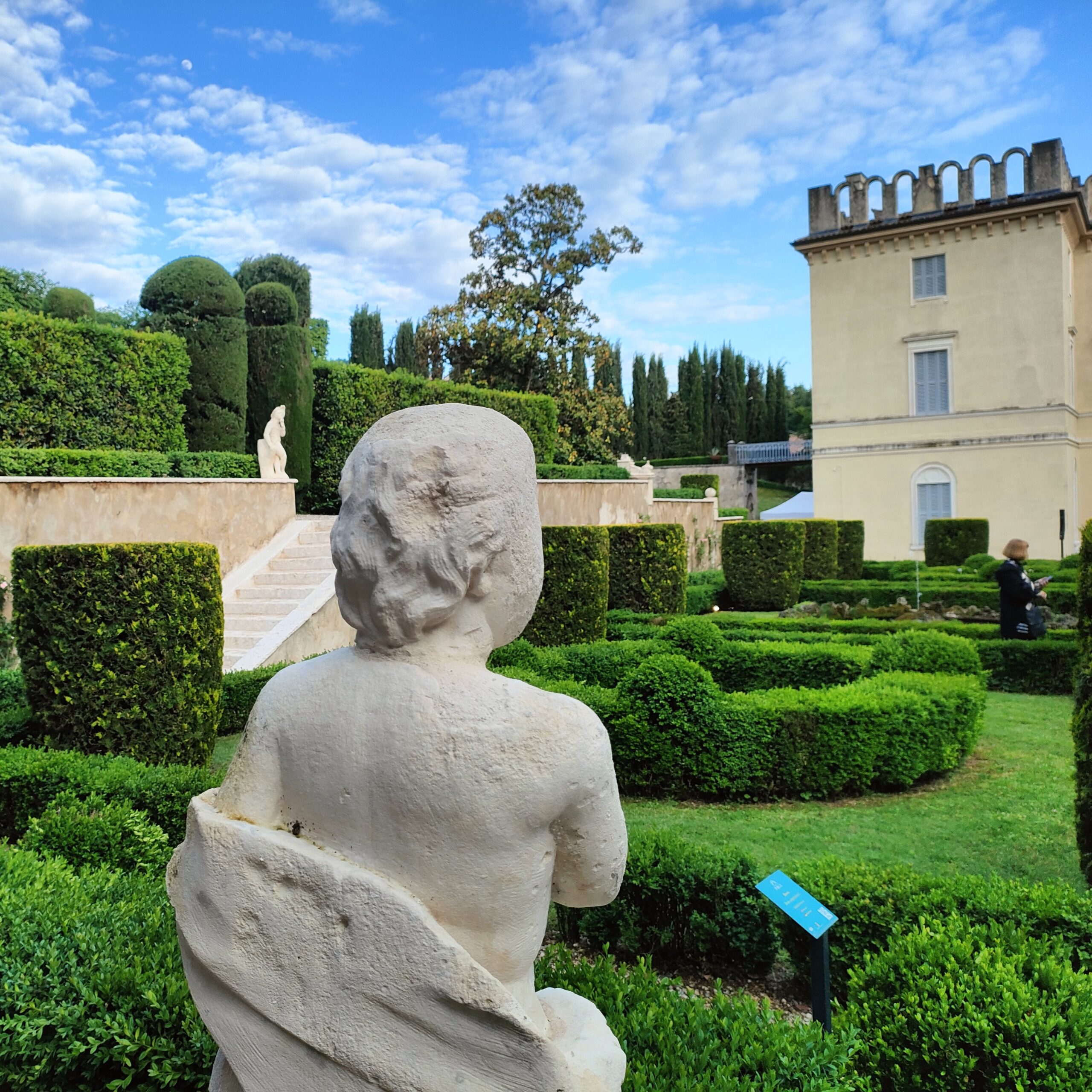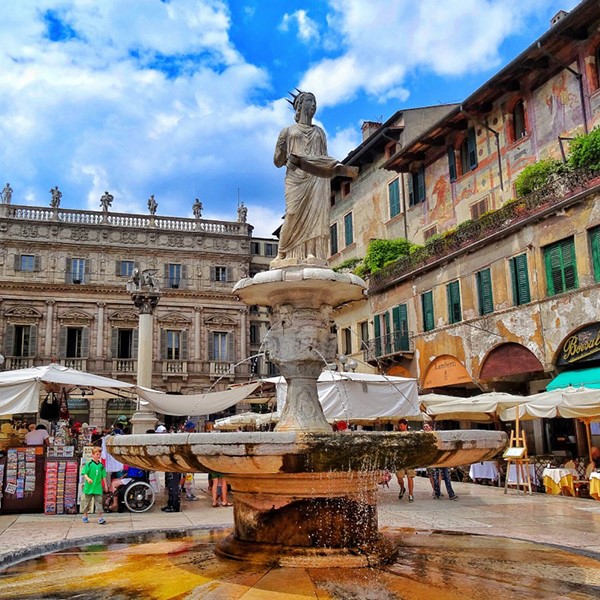In this new encounter with producers, we’ll take you on a discovery tour of Siridia winery, in Negrar di Valpolicella. Edoardo and Samuela Speri‘s project, launched in 2019, aims to showcase a different side of Valpolicella and to excite and inspire those who love the wines of this region. Siridia is a fictional name, open […]
For the month of November, we’re introducing you to the Cornelia Tessari winery, which has been producing Soave Classico wines in Monteforte d’Alpone for nearly a century. It all began in the 1930s, when Antonio Tessari and his wife Cornelia began vinifying Garganega grapes from their one-hectare vineyard in the cellar below their home. Thanks […]
We resume our “Wine Talks” with the producers, and this month we’re exploring the Terre di Pietra winery in Marcellise. The Terre di Pietra project was born from the dream of Laura, who, alongside her husband Cristiano, began producing wine in a small garage in Torbe, a hamlet of Negrar di Valpolicella, in 2007. In […]
September is always a time of great excitement throughout the Verona winemaking areas. Harvest is upon us, and it’s therefore time to reflect on the months of hard work that have just passed and on the prospects for the 2025 wines. Once again, the fact that, meteorologically, the only certainty is uncertainty is confirmed. This […]
Looking for an outdoor activity that lets you spend a day or half-day with your family? Bike and e-bike tours are now available on our website, in collaboration with Itinera Bike, a tour operator specializing in cycling tourism in the Verona area. Thanks to our “self-guided tours”, with the help of an innovative and easy-to-use […]
July has now begun a few days ago, and the recorded temperatures already make us dream of beaches or mountain peaks, where we can escape from the heat wave. If you, like us, will be in the center of Verona in the coming weeks, don’t miss the opportunity to come and visit us and enjoy […]
Our city of Verona was recently crossed by the historic 1000 Miglia race, which starts and finishes in Brescia, touching several Italian cities in the month of June. The roar of the 430 historic cars that paraded through the streets of the city to gather in Piazza Bra undoubtedly caused confusion, but also pleasantly intrigued […]
On the afternoon of May 8th we were delighted to participate in the reopening to the public of the Pojega Garden, a site of historical and architectural interest in Negrar, in the heart of Valpolicella Classica. Over the past three years, the park of Villa Rizzardi has in fact been the subject of a major […]
Dear friends of Pagus Wine Tours, with the opening of the 2025 tourist season we are pleased to present our new proposals dedicated to the city of Verona. Our experiences in Verona are designed to let you discover in a few hours not only the artistic beauties, but also the flavors and traditions of the […]
For this new episode of chats with producers, we remain in the Soave Classico area, right inside the walls of ancient Soave town. Here, Cantina del Castello is the only one that still makes wine in the historic center of the town, and this has profoundly influenced the type of production offered. Welcoming us were […]



